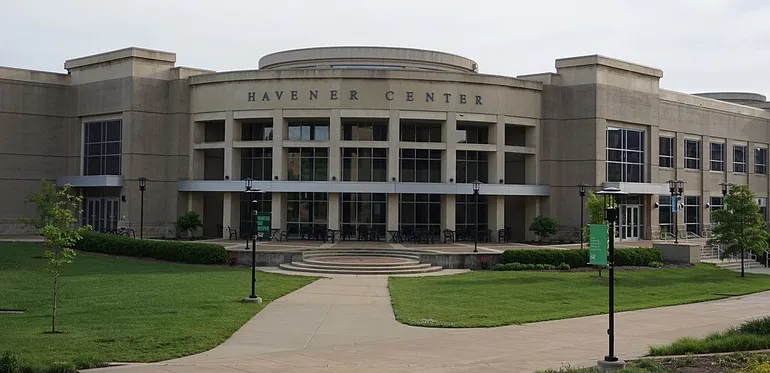Dive Brief:
- A researcher at Missouri University of Science & Technology has been awarded a patent for a sensor that can detect tiny movements in composite materials and prevent the structural issues that result, the institution announced on Sept. 4.
- Genda Chen, distinguished chair in civil engineering at the Rolla, Missouri-based school, created a device that uses a mirror connected to a fiber-optic cable about as thick as a human hair follicle to monitor the materials. It can measure shifts that are as small as 1 micrometer, or one-thousandth of a millimeter.
- The sensor itself can be connected directly onto a structure’s steel and concrete composites and is designed so that the mirror, which has a microscopic pattern on it, can use light and reflections in multiple ways to measure any displacement, or change in positions, between the materials, according to the release.
Dive Insight:
A key feature, Chen said in the release, is the device’s non-destructive capabilities — since it’s placed during the material’s installation, movement is detected much sooner, and engineers can act quickly to re-bond materials.

Genda Chen
Courtesy of Missouri University of Science & Technology
As for any present analogues to this technology, Chen told Construction Dive via email that they aren’t out there for builders.
“There is currently no similar tiny device that can be embedded in a composite structure for measuring a micrometer-level slip between two parts of the structure,” Chen wrote.
Chen won the patent with Jie Gao, a former Missouri S&T faculty member, and Chuanrui Guo, an Missouri S&T alumnus who earned a Ph.D. in civil engineering under Chen’s supervision. However, the device is likely still several years away from being commercialized and available on a large scale, per the release.
Outside of composite materials, the integrity of infrastructure projects has gained national attention — one in three bridges are in need of serious repair, as weather events and intense heat continue to plague spans across the country.

